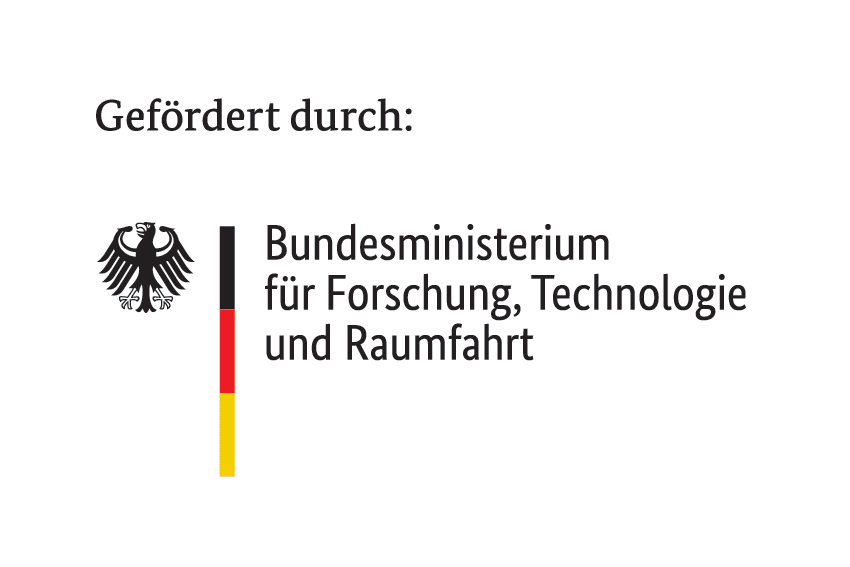SmartLivingNEXT: a building block for long-term emissions reduction in the property sector
26. April 2024
2 minutes
The SmartLivingNEXT data ecosystem leads to a sustainable reduction in greenhouse gas emissions in the property sector. Dr. Marieke Rohde, from the accompanying research project, explains why.

Greenhouse gas emissions in the property sector fell more sharply in 2023 than in 2022, according to the latest figures from the German Federal Environment Agency. This is actually good news – but on closer inspection, this decline cannot be clearly proven, as the Council of Experts on Climate Change emphasizes in its report from 15 April, 2024: In the property sector, these figures are based on model calculations due to a lack of data availability, which leads to a high degree of uncertainty.
In addition, the decline in emissions in the property sector is primarily due to warm weather conditions and the population’s reaction to the rise in gas prices. Thomas Heimer, member of the Council of Experts and of the SmartLivingNEXT accompanying research project, explains that these are, initially, short-term effects. Smart living applications could also achieve such energy savings in the long term and sustainably.
Marieke Rohde (VDI/VDE-IT), head of the SmartLivingNEXT accompanying research project, believes the key is in the SmartLivingNEXT ecosystem: “To achieve climate targets sustainably, we need technologies that help people to change their actions permanently. SmartLivingNEXT contributes to this.” In addition to saving energy, the focus is also on reducing costs in residential buildings: “The SmartLivingNEXT data ecosystem enables the development of applications in the areas of energy efficiency, care assistance, building management and home security, all of which reduce costs in residential buildings in the long term.”
Editorial office:
Marla
Hanenberg
Category:
SmartLivingNEXT
Copyright information
© rh2010 via stock.adobe.com




